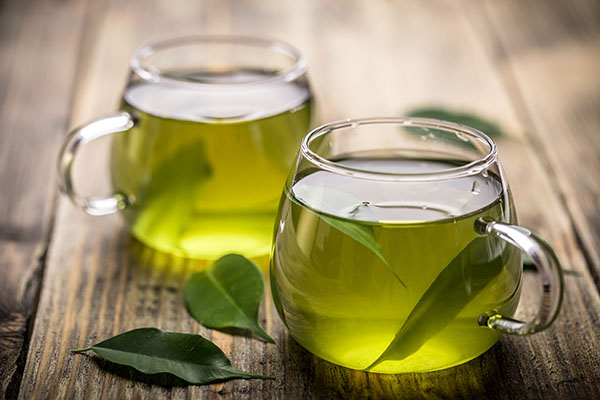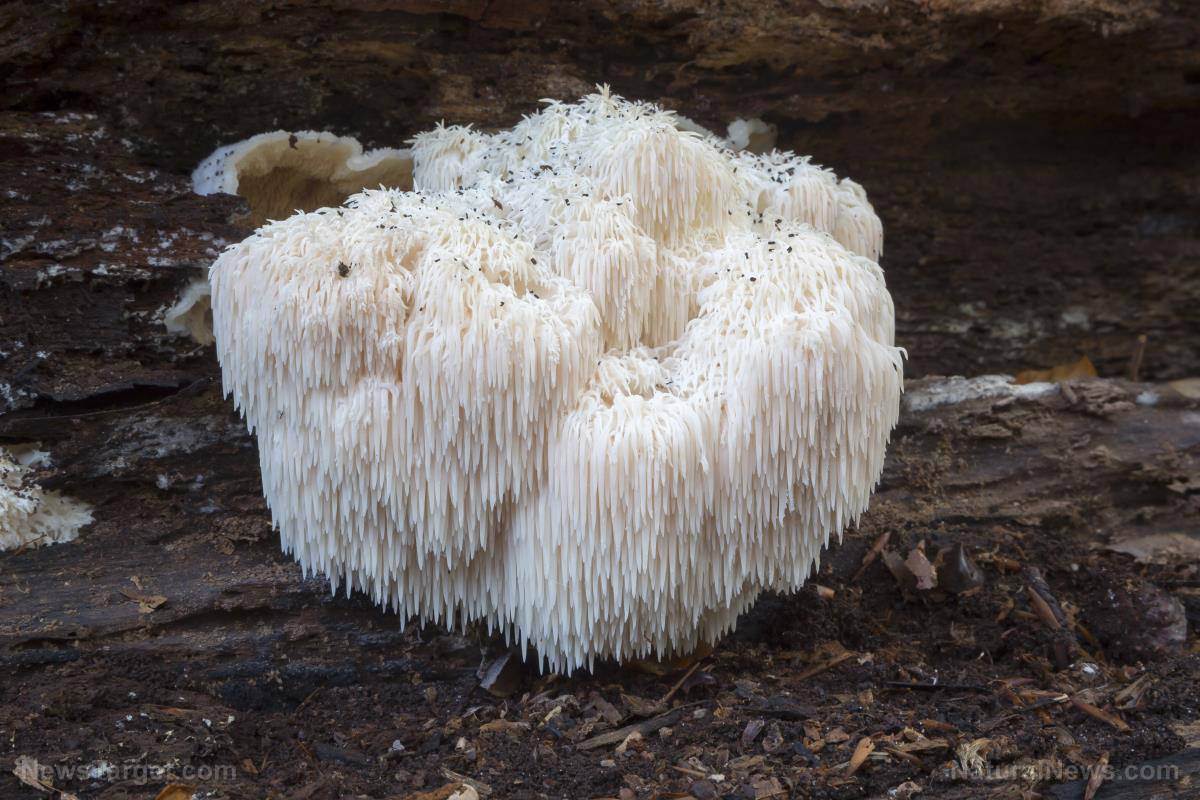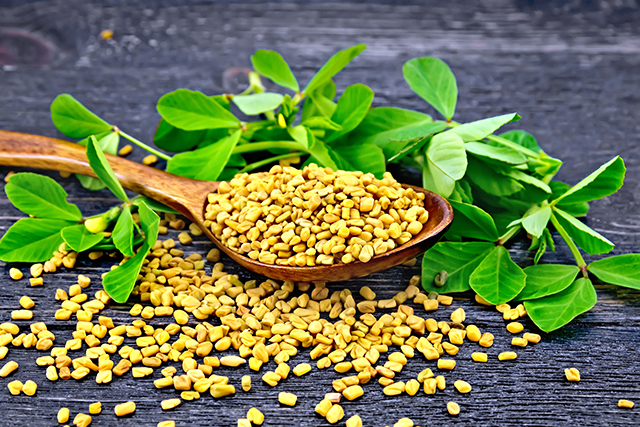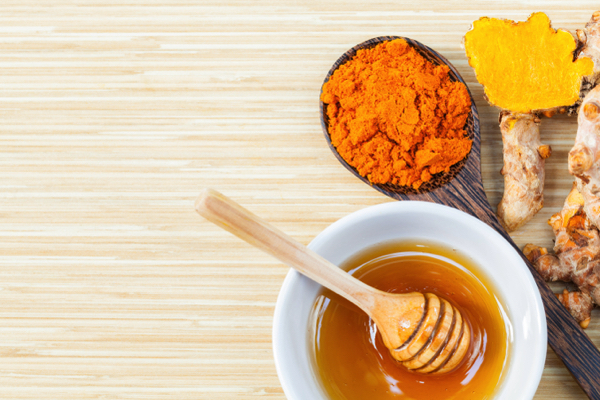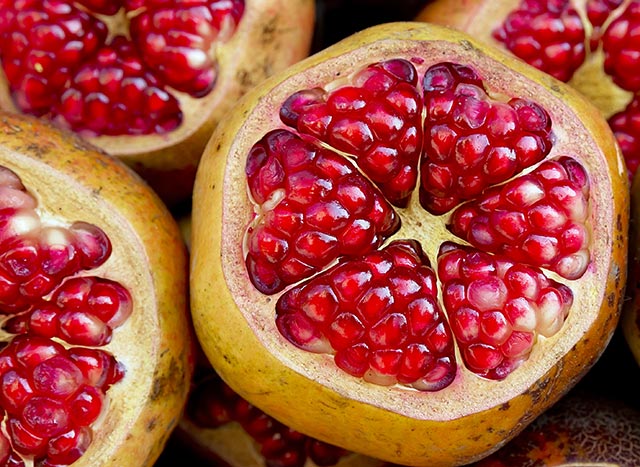5 Herbal remedies for the common cold and flu
Thanks to your generous support, we are building the infrastructure of human freedom and actively donating our technology to independent publishers, authors and home schooling organizations. Learn about our game-changing non-commercial AI project here. Support our ongoing efforts to preserve and enhance human knowledge by shopping at HealthRangerStore.com.
03/06/2024 / By Evangelyn Rodriguez

According to the American Lung Association, adults can catch a cold two to four times a year while children can get an average of six to eight colds annually.
A cold is a minor infection that affects the nose and throat and can be caused by any one of over 200 respiratory viruses. The predominant cause of the common cold are the rhinoviruses, which are some of the smallest viruses in existence.
The common cold is highly contagious and causes symptoms like cough, clogged or runny nose, sneezing and a scratchy throat. It can also cause fever in infants and young children. (Related: Common cold can help boost immunity against COVID, researchers say.)
Although similarly contagious, the flu is a respiratory illness that is caused only by influenza viruses. While it has similar symptoms to the common cold, flu symptoms tend to be more intense. The flu can also lead to serious complications, such as sinus and ear infections, pneumonia or inflammation of the heart, brain or muscle tissues.
According to experts, it is possible to get the flu twice during the same flu season, which peaks from December (or earlier) to February (or later). Healthcare agencies say annual vaccination is the best protection against the flu, but the flu shot has been known to cause many adverse side effects. These include (to name a few) encephalitis, Bell’s palsy, paralysis, shoulder injury and Guillain-Barre Syndrome – an autoimmune disorder that damages nerves.
Fortunately, there are natural remedies that you can rely on to fight the common cold and the flu. These alternative medicines are scientifically proven to boost immunity and help fight viral infections. But most importantly, unlike the flu vaccine, the protection they provide comes at no cost to your health. (Related: FLU VACCINE TRUTH: It’s even less effective than we’ve been told.)
5 Effective herbal remedies for the common cold and flu
Here are five plants that you can use to prevent or treat respiratory infections: (h/t to Survivopedia.com)
Echinacea
Native to the central and southeastern regions of the U.S., echinacea (Echinacea purpurea), or purple coneflower, is a flowering plant known for its potent medicinal properties. For centuries, Native Americans have used this herb to treat various ailments, including infections and wounds.
Today, echinacea is widely used as a natural immune booster and remedy to shorten the duration of respiratory infections. In clinical trials, supplementation with echinacea has been reported to decrease the risk of common cold by 58 percent. Echinacea has also been found to reduce the duration of a cold by one to four days.
To boost immunity against viral infections, steep dried echinacea leaves or flowers in hot water and drink the resulting tea regularly. (Related: 12 Medicinal herbs and spices that can boost the immune system.)
Peppermint
The Mentha x piperita plant is a hybrid species of mint – a cross between spearmint and water mint. It can be found growing in moist areas and along stream banks, as well as in partially shaded areas.
In traditional medicine, peppermint has found use as an antispasmodic and antiseptic agent. It has also been used as a remedy for cramps, colds, indigestion, nausea, sore throat, toothaches and even certain cancers. According to a study published in the Arabian Journal of Chemistry, extracts from peppermint leaves have shown significant antiviral activity against the influenza A virus, which is known to cause widespread flu outbreaks.
To relieve cold and flu symptoms, prepare a soothing tea using fresh or dried peppermint leaves. Inhaling the steam from your hot peppermint tea can help decongest a clogged nose. Peppermint tea can also help alleviate nausea and relieve a sore throat.
Elderberry
Native to the warm regions of Asia, Europe, North America and Northern Africa, the Sambucus nigra plant, particularly its leaves and dark purple berries, is a staple of folk medicine. Today, it is marketed as a dietary supplement that helps prevent or treat colds, flu and other conditions.
According to a study by Australian researchers involving 312 travelers, taking 300 milligrams (mg) of elderberry extract daily for 10 days prior to traveling significantly reduced the duration and severity of cold symptoms in the study participants. No adverse effects were attributed to elderberry, suggesting that it is safe to take elderberry supplements regularly.
For reliable protection against respiratory infections, take elderberry syrup regularly during cold and flu season. To prepare, simmer fresh elderberries in distilled water, strain and mix the liquid with raw honey. Alternatively, you can steep dried elderberries in hot water and drink the resulting tea.
Garlic
A pungent spice commonly used for cooking, garlic (Allium sativum) has a long history of use in traditional medicine and is known for its antibacterial and anticancer properties. But what many don’t know about garlic is that it is also a powerful antiviral and immune-boosting agent.
Clinical studies have found that the organosulfur compounds in garlic, particularly allicin, are responsible for its antiviral effects. Garlic has been reported to impair the influenza A virus’s ability to infect cells and proliferate. New research from Australia also found that a local garlic variety can prevent influenza A and even the COVID-19 virus from infecting cells.
For a stronger immune system, mix minced garlic and raw honey and let the herb infuse into the honey for a few days. Take one spoonful of this mixture during cold and flu season for a stronger immune defense against viral infections.
Thyme
Native to southern Europe, the flowering plant Thymus vulgaris, commonly known as garden thyme, is an ancient remedy for sore throat and chest congestion. The herb has also been used to treat whooping cough, pharyngitis and bronchitis – a condition that almost always follows after a cold or flu.
A study published in the journal Molecules reported that thyme and its active ingredient thymol exhibit antiviral activity against the flu virus. Thymol, which is abundantly present in thyme essential oil, has also shown good antiviral activity against rhinoviruses that cause the common cold.
To relieve cold and flu symptoms, steep fresh or dried thyme leaves in hot water and drink the tea two to three times a day. You can also prepare a thyme infusion and inhale the steam to clear your nasal passages and relieve cough.
The common cold and flu may be contagious, but there are effective ways to protect yourself from these respiratory illnesses that don’t involve injecting harmful chemicals into your body.
Check out NaturalMedicine.news and watch the video below for more on these safe and natural cold/flu remedies.
This video is from the Wellness Forum Health channel on Brighteon.com.
More related stories:
Prepper medicine: How to use chokeberry, a versatile medicinal plant.
Prepper medicine: How to use red raspberry, a medicinal plant full of vitamins.
FACT CHECK: Some flu vaccines still contain Thimerosal (mercury), a “potent neurotoxin”.
6 Things you can do to protect yourself from viral infections.
Sources include:
Journal.ISV.org [PDF]
Submit a correction >>
Tagged Under:
alternative medicine, antiviral, common cold, Cures, Echinacea, Elderberry, Flu, food cures, food is medicine, food science, garlic, health science, herbal medicine, herbal teas, Herbs, influenza, natural cures, natural health, natural medicine, Naturopathy, peppermint, prevention, remedies, supplements, thyme, viral infections
This article may contain statements that reflect the opinion of the author
RECENT NEWS & ARTICLES
Herbs.News is a fact-based public education website published by Herbs News Features, LLC.
All content copyright © 2018 by Herbs News Features, LLC.
Contact Us with Tips or Corrections
All trademarks, registered trademarks and servicemarks mentioned on this site are the property of their respective owners.




